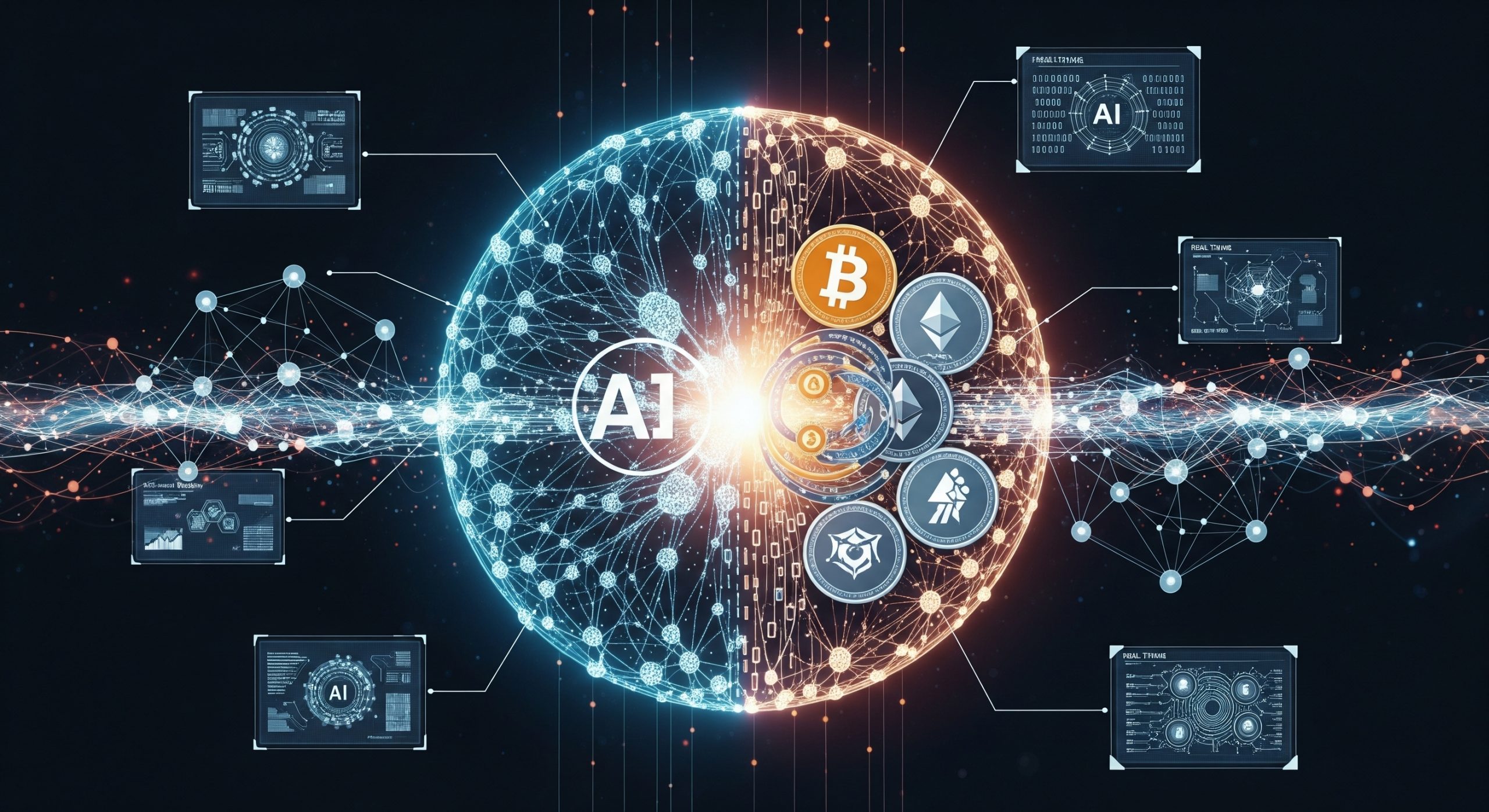Artificial intelligence has officially entered the crypto fast lane. AI-focused cryptocurrencies have added over $10 billion in market capitalization in just one week, according to data from @EconomicTimes. The sudden surge highlights the growing synergy between AI agent technology and decentralized finance (DeFi) infrastructure.
What’s Fueling the Momentum?
Several factors have aligned to drive this AI token rally:
-
AI agents capable of executing on-chain trades and managing portfolios autonomously
-
DeFi protocols integrating AI-driven strategies to optimize yield farming and liquidity management
-
Rising investor interest in machine learning-powered blockchains and utility-focused AI tokens
Tokens like FET (Fetch.ai), AGIX (SingularityNET), and TAO (Bittensor) have led the charge, with significant increases in volume and price action across centralized and decentralized exchanges.
DeFi Gets Smarter
The integration of AI into DeFi platforms is not just a gimmick. Projects are now leveraging:
-
Predictive algorithms to anticipate liquidity needs
-
Automated market makers that evolve using reinforcement learning
-
AI oracles delivering real-time external data for smart contract automation
This shift is helping DeFi platforms become more efficient, adaptive, and investor-friendly, potentially paving the way for broader institutional adoption.
Market Implications
This AI-crypto convergence represents more than hype—it’s a structural evolution. Analysts believe that:
-
AI tokens may become core components of future digital portfolios
-
The DeFi ecosystem will evolve faster with AI optimization layers
-
Regulatory bodies may soon examine AI-enabled trading behavior in DeFi markets
The next wave of blockchain innovation appears to be not just decentralized, but intelligent.
The recent $10 billion surge in AI token value underscores how quickly sentiment can shift when technology aligns with real utility. As AI and DeFi continue to merge, expect this sector to grow—both in valuation and sophistication. This is no longer just the future of finance—it’s the present in motion.




